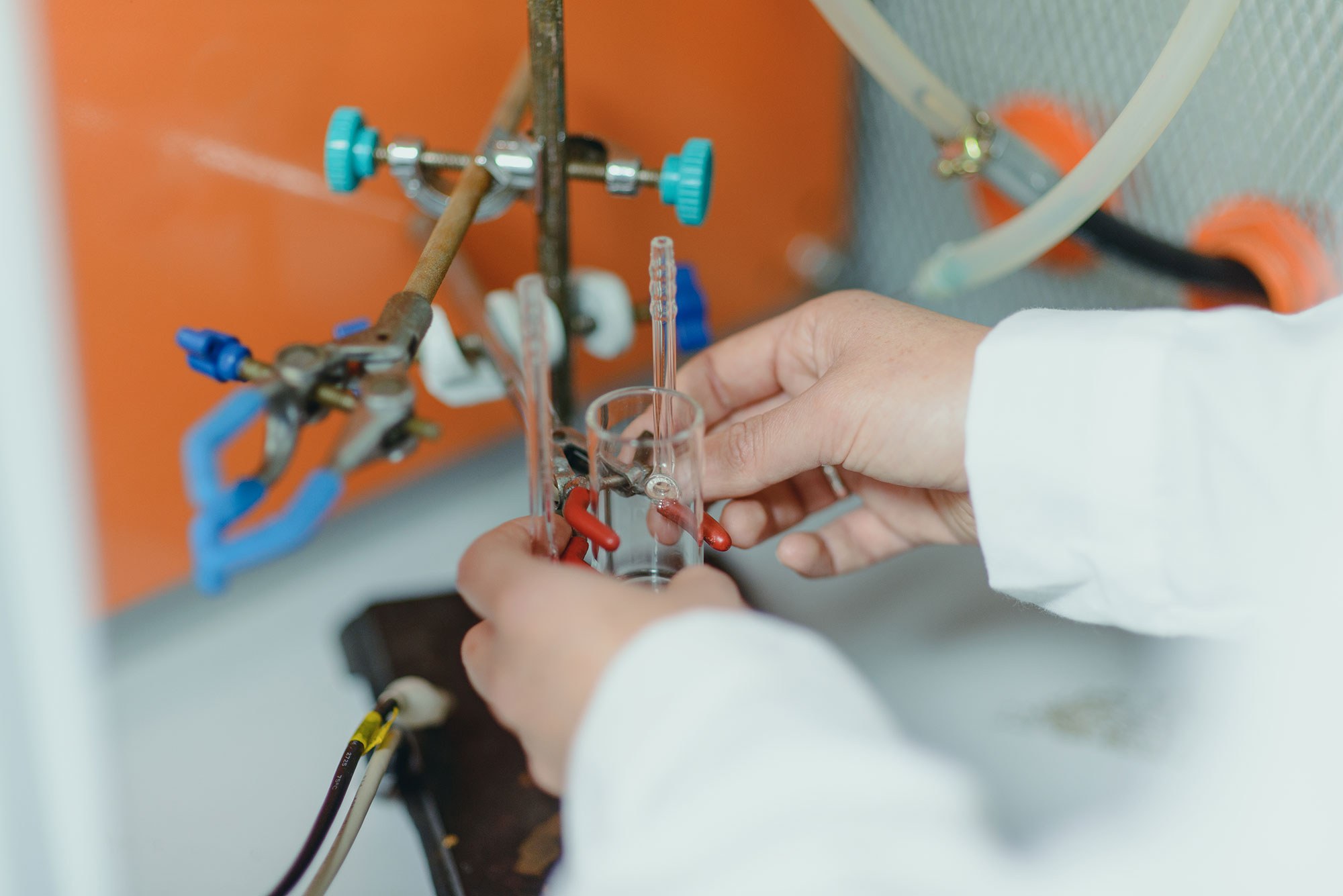Cabaña-Brunod, M., Herrera, P. A., Márquez-Miranda, V., Llancalahuen, F. M., Duarte, Y., González-Nilo, D., Fuentes, J. A., Vilos, C., Velásquez, L. & Otero, C. (2021). Development of a PHBV nanoparticle as a peptide vehicle for NOD1 activation. Drug Delivery, 28(1), 1020-1030. https://doi.org/10.1080/10717544.2021.1923862
Abstract: NOD1 is an intracellular receptor that, when activated, induces gene expression of pro-inflammatory factors promoting macrophages and neutrophils recruitment at the infection site. However, iE-DAP, the dipeptide agonist that promotes this receptor's activation, cannot permeate cell membranes. To develop a nanocarrier capable of achieving a high and prolonged activation over time, iE-DAP was encapsulated in nanoparticles (NPs) made of poly (3-hydroxybutyrate-co-3-hydroxyvalerate) (PHBV). The physicochemical properties, colloidal stability, encapsulation efficiency, and cellular uptake of iE-DAP-loaded PHVB NPs were analyzed. Results evidenced that physicochemical properties of iE-DAP-loaded NPs remained stable over time, and NPs were efficiently internalized into cells, a process that depends on time and concentration. Moreover, our results showed that NPs elicited a controlled cargo release in vitro, and the encapsulated agonist response was higher than its free form, suggesting the possibility of activating intracellular receptors triggering an immune response through the release of NOD1 agonist.


